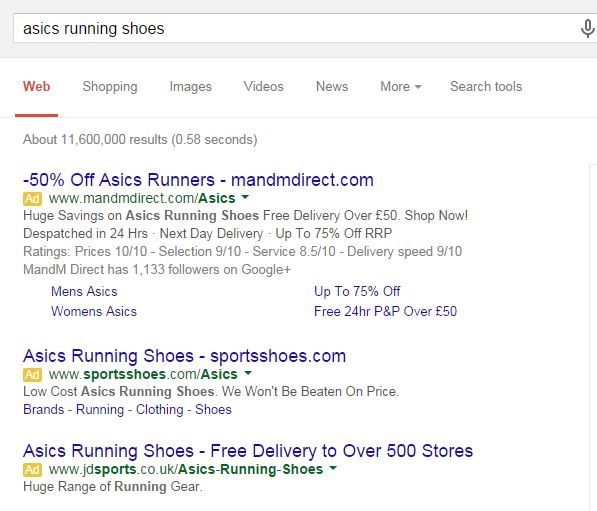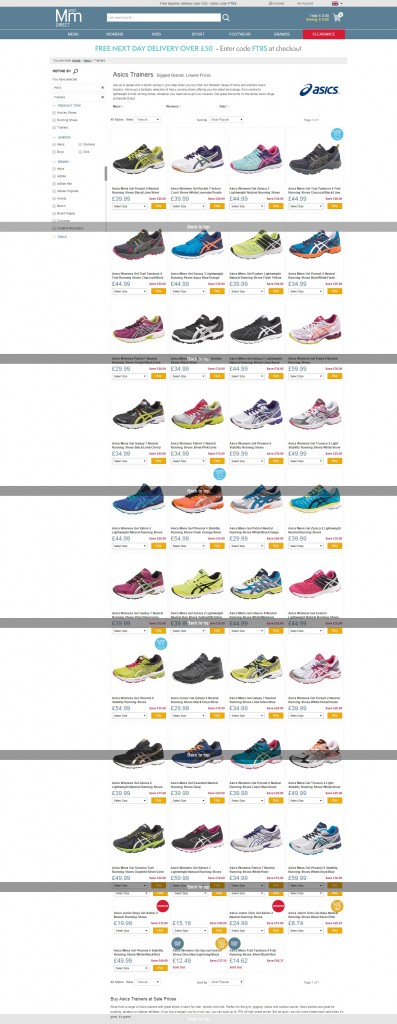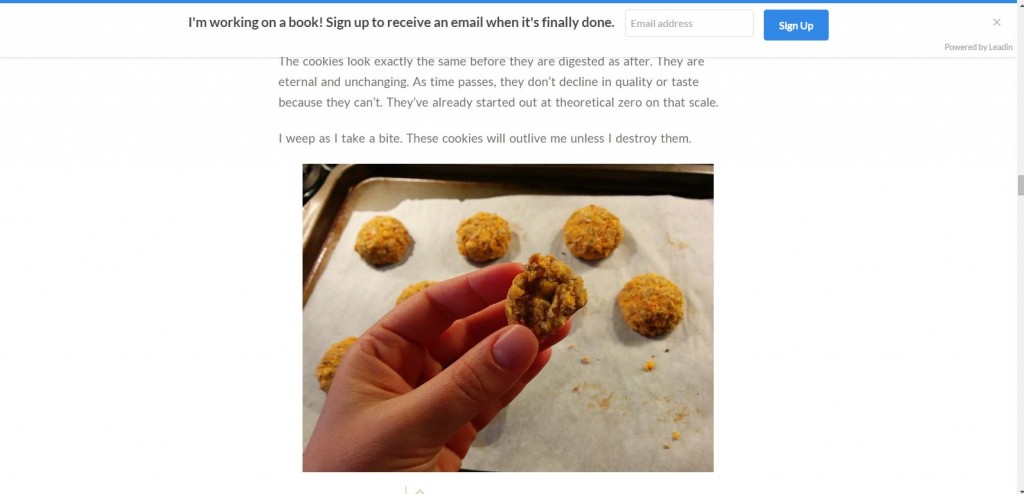Landing pages: The key to improving website sales
In a perfect world, people would just arrive at your website and buy whatever it is you’re selling. Unfortunately, things aren’t that simple – the journey from arriving on a site to completing a desired action is a complex one. That’s why it’s important to ensure this journey gets off to the best possible start. From their first interaction with your site to their last, visitors should have a strong idea of what they’re supposed to do and how they’re supposed to do it.
As with most things in life, first impressions count and if a potential customer gets the wrong idea about your site upon arrival, they’re like to head to one of your competitors to see if they’re any better. If that happens, you’ve missed out on a sale.
That’s why it’s so important to pay attention to your site’s landing pages. In this post we’ll look at different kinds of landing page and how you can use them to boost your chances of eventually turning a visitor into a customer. But first…
What is a landing page?
If a visitor arrives on a page from an external source (such as a search engine or a link on another website) then that page is that visitor’s landing page. To identify which pages your site visitors are landing on head over to Google Analytics and click Behaviour > Site Content > Landing Pages. (If you haven’t got Google Analytics installed, we recommend you take the Understanding Your Visitors module of 123 Reg’s Online Business Training – it’s free!)
So tracking down your landing pages is easy. The hard part is making sure you’re using the right kind of landing pages with the right kind of content in the right kind of places. In fact, it’s so hard that the biggest ecommerce websites are constantly testing minor changes to their pages in order to boost sales. That means if you’ve never thought about your landing pages before, there are almost certainly things you can do to improve the customer journey and increase the chances a visitor will buy from you. Let’s look at different kinds of landing pages, the information they should contain and how you should (and shouldn’t) be using them.
Homepage
In some ways your homepage is one of the most important pages on your website – it acts as a hub from which visitors can access different points of your website depending on their particular needs.
Here are some things you’d expect to see on a good homepage:
- Product information
- Information on what the company does
- A lead generation form (or a link to one)
- A link to an about us page
- A link (or links) to product pages
- A link to the site’s blog
- Testimonials
- A search box
That’s a lot of information to include on just one page. Let’s take a look at a couple of real life examples. (You can click any image in this post and see it full size.)
First up is the homepage of Moz, a company that offers search engine optimisation tools.
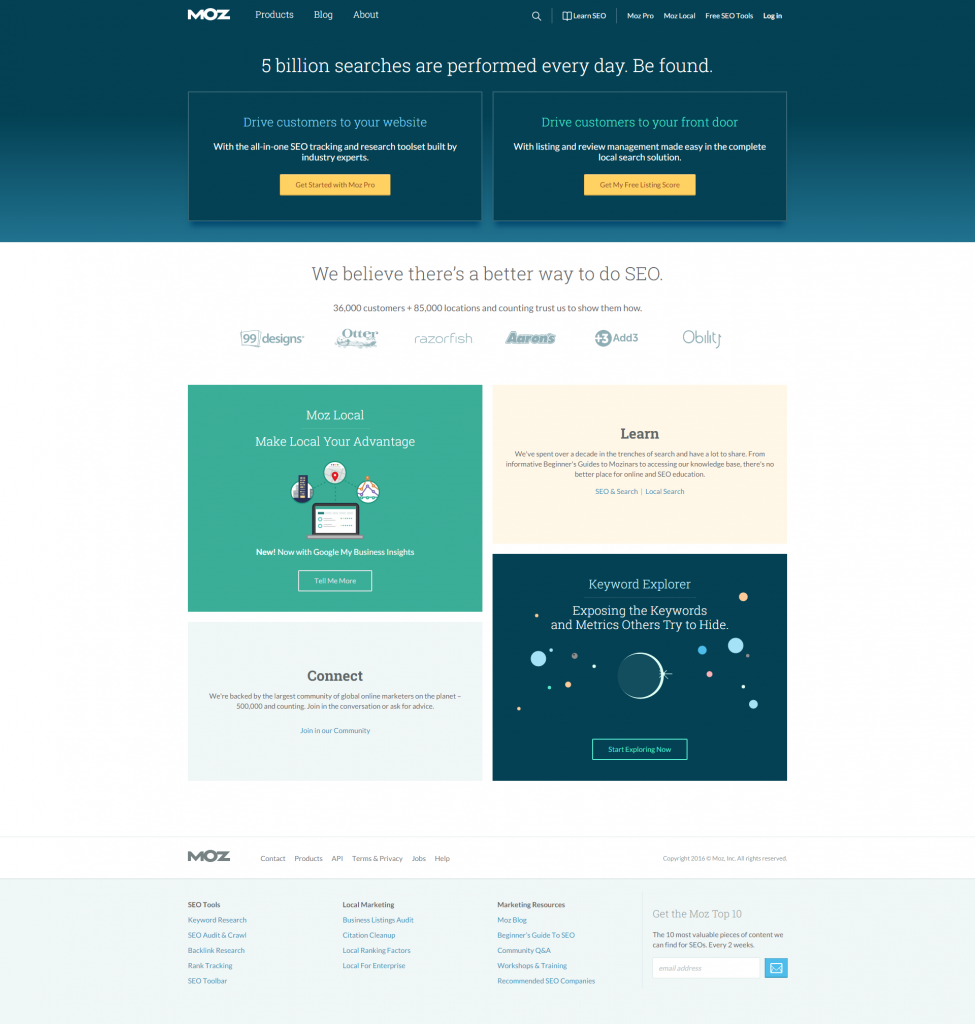
There’s a lot going on here but it’s clear the main focus is on getting people to click through to one of the two main product pages, where the process of acquiring customers can really begin. However, there’s also loads more on the page including testimonials and links to the company blog, about us page and product information.
Here’s a second example.

Online marketplace Etsy puts its main focus on the search function – so people can start product hunting straightaway. There are also highlighted category pages and shops, as well as customer reviews.
Moz and Etsy are two very different companies, but they’re both using their homepages in a similar way – to showcase their business as much as possible, while funneling visitors towards a logical next step.
Remember though, just because your homepage does so many different jobs that doesn’t mean it’s the best landing page for every situation. In fact, the multipurpose nature of a homepage means it’s sometimes the worst landing page a visitor can arrive at. Your homepage will give a new visitor a good overview of who you are and what you do; it’s the landing page of choice for branded searches and it’s also a good one to link to in press coverage, directories and guest post biographies. In short, you should be directing visitors towards your homepage if they only have limited information about your business and want to learn more. However, you should avoid using it as a sales page – if you include a homepage link in a pay-per-click advert then your advert is going to perform very badly. We’ll look at why in the next section.
Product pages
If you’re selling a physical product, then your product pages are going to be the lifeblood of your website. They’ve got one purpose – to generate sales. A product page should be the landing page of choice whenever you’re talking about the product in question. This is particularly important when it comes to pay-per-click adverts. Why? It’s all about relevance. If someone searches for a product on Google and clicks an ad for that product, they’ll expect to be taken to a page where they can buy that product. If they’re taken to a page where they can’t buy that product (your homepage, for example) then they’ll go back to the search results and click somewhere else. It’s all about understanding what a user wants and then offering it to them.
Let’s look at some examples.
Here you can see I’ve searched for “Asics running shoes” and some ads have been returned.
Let’s see what happens when we click the top ad.
I’ve been taken to a product page containing a range of Asics running shoes. Exactly what I was looking for. Had I been taken to a page that didn’t contain what I wanted, I’d have hit back on my browser and looked elsewhere.
It’s the same when you’re selling just one product per page. Here’s what happens if you search “Moz Pro” and click the ad. Note how the landing page is less cluttered than the Moz homepage and is focused on getting you to sign up for a free trial. All the supporting information on the page (for example the testimonial) shares that focus.
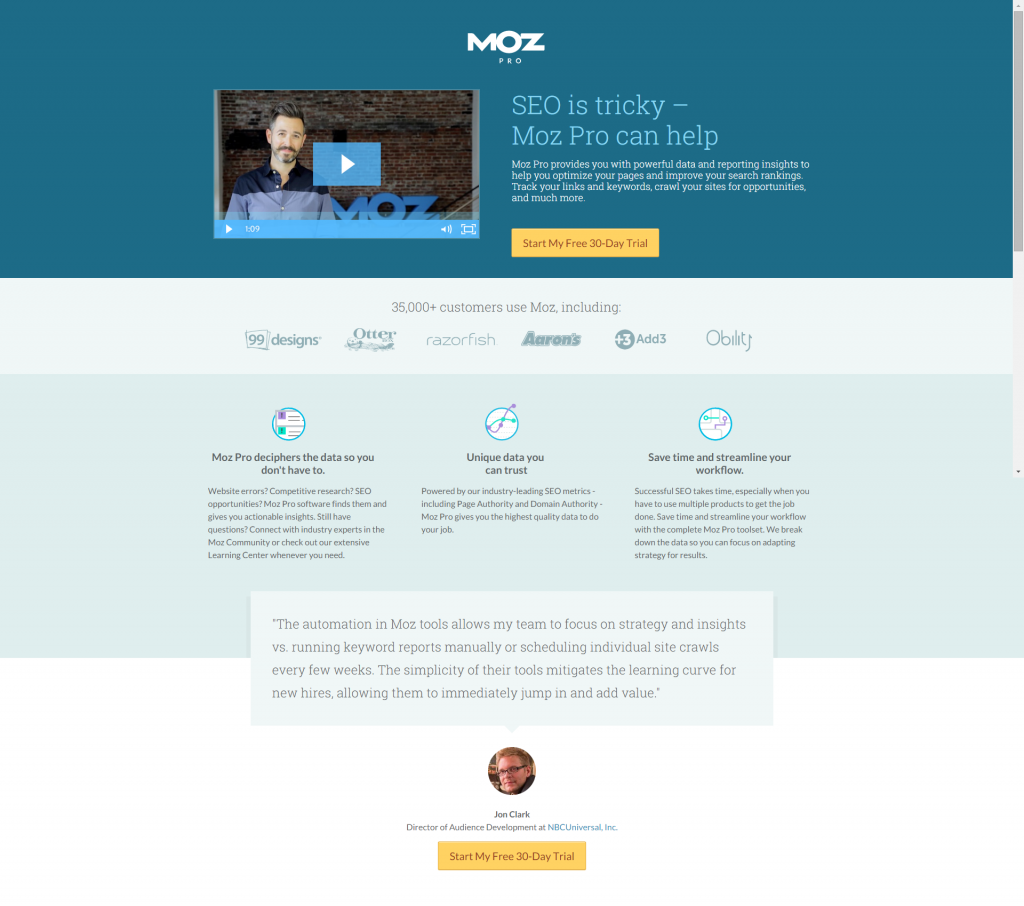
Aligning user intent with product pages is a task in itself and you can learn more about the user journey from search to purchase in this guide.
Lead generation pages
Lead generation pages are the equivalent of product pages for businesses that offer a service. That means they should be used in the same way. If you’re talking about a service, then make the lead generation page for that service the landing page. Remember to keep your lead generation forms simple – never ask for information you don’t need. The less fields there are, the more likely people are to fill the thing out and you’ll have captured your lead. Lead generation pages take many forms – to get a good idea of what does and doesn’t work check out this critique of 25 landing pages from Unbounce.
Content pages
What do we mean by content pages? Things like blog posts, infographics or videos – any page on your website that is designed to educate or help the audience you’re trying to reach. A good content marketing plan can help you create numerous landing pages which will often serve as a potential customer’s first introduction to your business. Good content can get mentions on social media and links on influential sites, attracting traffic and potential customers. As long as it’s relevant to your overall business objectives, good content is a good landing page. However, make sure you’re doing something to build a relationship with these visitors. Offer to sign them up to an email newsletter. That way, you’ll have a chance of getting repeat traffic and making that sale. The below example is taken from the travel blog The Everywhereist.
The sign up box appears after you’ve been scrolling through the post and isn’t intrusive, so it’s ideal. If you use aggressive pop ups on your content you run the risk of driving people away from your site.
What next?
Of as we’ve already said, no landing page is ever perfect so you need to keep changing things to make sure your landing pages are as near to perfect as possible. That’s why it’s important to get started with user testing. You can find out about how to do that with our guide to getting started with A/B testing and our webinar on turning website visitors into customers.

